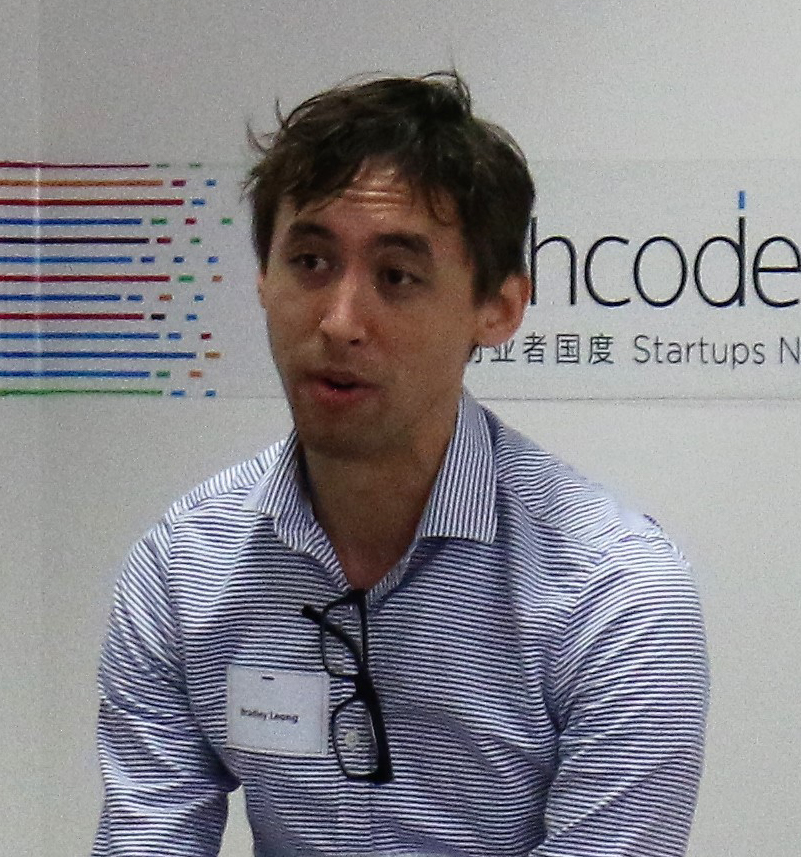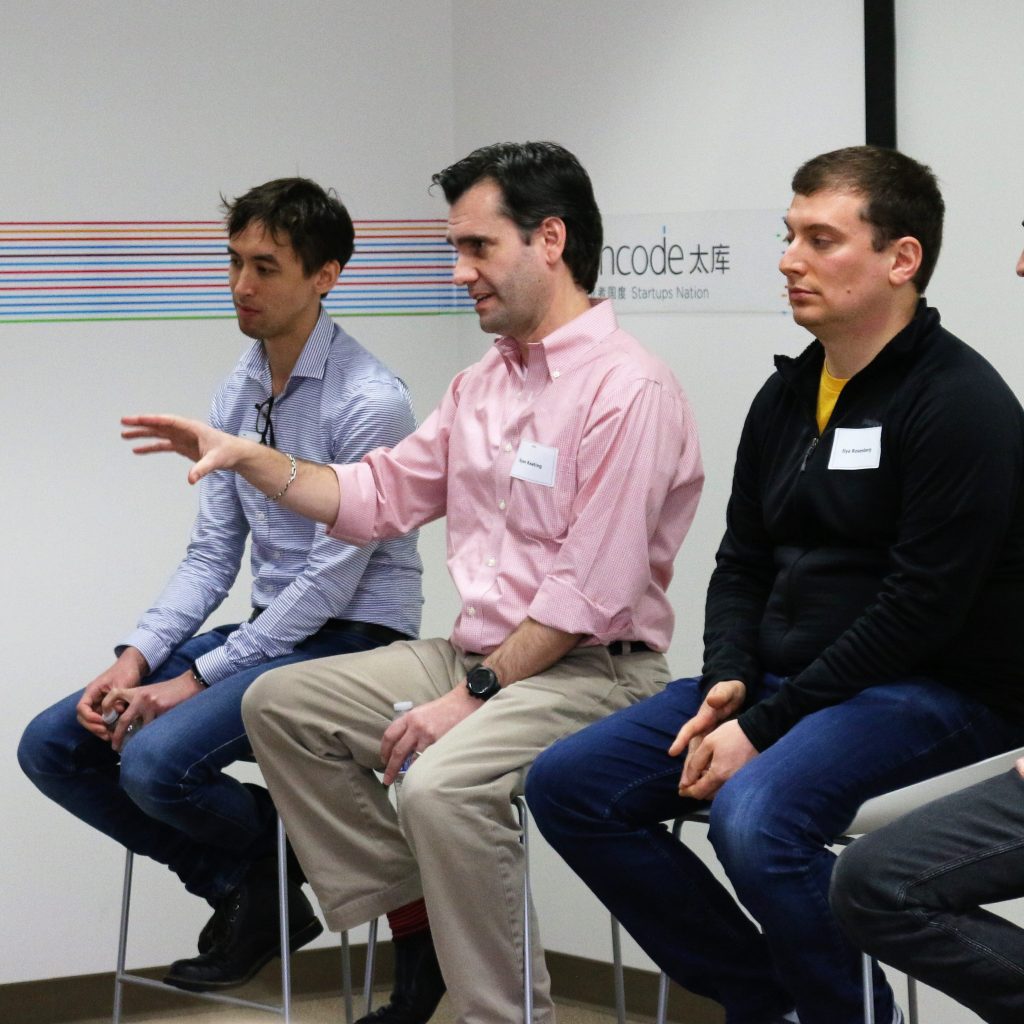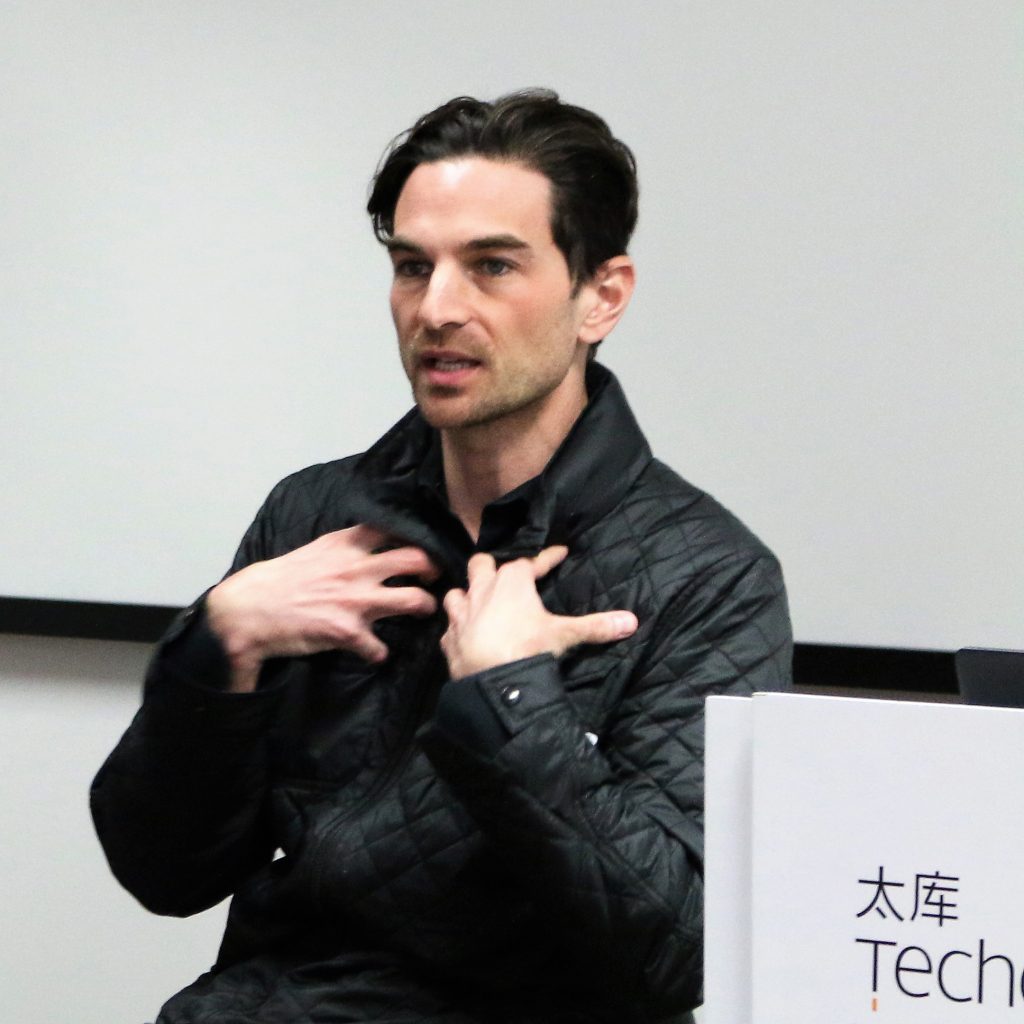On February 7, Mike Keer, Product Realization Group CEO and Founder, moderated an informative and interactive panel discussion about how to prepare your hardware startup to get funded. The panel featured both experienced founders and funders in the hardware startup community:
- Ted Kraus: Investment Director, TechCode AI Accelerator (Investment)
- Bradley Leong, Hardware Partner, Tandem Capital (Early stage investment fund)
- Ilya Rosenberg: Co-Founder and CEO at Sensel, Inc. (Startup)
- Ryan Keating: Managing Partner, Keating Consulting Group (Finance)
The following is the second in a series of blogs summarizing the learnings on hardware funding from this panel.
What assets do you need to raise venture capital?

What do you need for that conversation with with your future investor? Do you have all your ducks in a row? How much and what kind of assets you need depends on what stage of of investment you are seeking. The consensus of the panel is that you can be much less formal in early stages, and will need to increase diligence as you move into later rounds.
Tandem Capital (VC) Advice

Bradley Leong, a hardware partner at Tandem Capital, listed the following for those seeking early investors:
- A compelling idea that you can get investors excited
- Strong founding team (not a solo entrepreneur)
- Clean pitch deck
- Some level of prototype Minimum Viable Product (MVP)
For a later investment, like Series A funding, he expects more organized assets. You should anticipate sending out a packet after your first meeting that includes the assets, a “CAP” (Capitalization) table and other diligence documentation, like patents.
When it comes to making an investment decision, there are two key things Tandem Capital looks for in a prospective startup:
- Is there demand for the product? That is, have they shown product market fit?
- Can they build the product?
If the product is a consumer product, one of the ways that a company can show demand is through a successful crowdfunding campaign. As Bradley explained, “we can see whether or not people actually want what you are selling”.

Keating Consulting (finance) Tips
For the early stage clients that he works with, Ryan Keating focuses on three things:
- Pitch deck
- Financial model (cash needs, usages, and how they tie into the pitch deck)
- Executive summary: 1-2 pages that can be used for outreach
For a hardware product, the investor wants to know, is the product built? Secondly, they will ask can you scale into volume? Offering the advice of a CFO, Ryan emphasized that your assets need to align and show where you are with taking that risk off the table as you scale into production.
Hardware Startup Recommendations
Ilya Rosenberg offered three special insights from the viewpoint of a startup founder and CEO who has successfully raised venture money:
- Have a working prototype that is reliable and robust (and take 2-3 devices to any pitch).
- Have patents before you fundraise. Sensel fast-tracked their first set of patents and had them granted within a year.
- Mind your timing and the trends. You need to be ahead of the trends, but not so much that your product doesn’t get traction. There has to be enough context for the investor to understand your product. Is there something similar in the market to validate it? Sensel did not get their first term sheet for their touch technology until Apple introduced “Force Touch,” which validated everything they were saying about Sensel’s Morph. Sensel was too far ahead of the technology when they went for seed money and couldn’t initially generate VC interest.

TechCode (Incubator) View
There are two things that Ted Krause of TechCode looks for in making investments: Intellectual Property (IP) and market traction.
First he looks at the intellectual property, including patents. Traction, or product market fit, is also very important. He expects the startup to show that it has a measurable competitive advantage over other companies in the market. This means that you must pick what sector you are going into — and then show how you’re going to maintain a sustainable competitive advantage.


